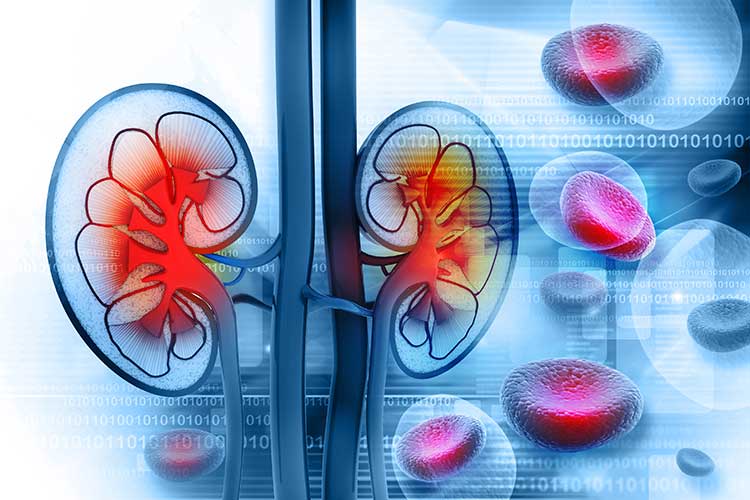Are you or a loved one dealing with kidney disease? Get informed and gain insight into the 5 stages of chronic kidney disease to make informed decisions.
Chronic Kidney Disease (CKD) is a common medical condition affecting millions worldwide. It is a long-term condition that develops gradually over time, and it can result in the kidney’s incapacity to function correctly. Patients with CKD experience a wide range of symptoms, including fatigue, weakness, shortness of breath, confusion, and other health problems.
If left untreated, CKD can progress to more severe stages, resulting in kidney failure, making it essential to catch it early. This blog post aims to help you understand the 5 Stages of Chronic Kidney Disease or CKD, their symptoms, and how to manage them.
What Are 5 Stages of Chronic Kidney Disease?
Get an overview of chronic kidney disease, understand its five stages, and learn how to manage it with this comprehensive guide.
Stage 1:
In stage 1 of CKD, the patient has a glomerular filtration rate (GFR) of more than 90 milliliters per minute (mL/min). It indicates that the kidneys are working correctly and have no significant damage but show signs of mild issues such as protein or blood in the urine or kidney abnormalities. In this stage, most people experience no physical symptoms. However, if you have specific risk factors, such as diabetes, hypertension, or obesity, you should be cautious and monitor your condition.
Stage 2:
In stage 2 of CKD, the patient’s GFR falls to 60-89 mL/min. While still in the early stages of kidney disease, people in this stage may experience mild symptoms such as fatigue, swelling in the ankles/feet, and blood cells in the urine. At this point, working with your physician to manage your condition to prevent it from progressing is essential.
Stage 3:
In stage 3 of CKD, the patient’s GFR range is 30-59 mL/min. In this stage, patients start to experience more severe symptoms, like anemia, fatigue, and swelling of the joints. Patients at this stage also risk developing other health issues like high blood pressure and bone disease.
Stage 4:
In stage 4 of CKD, the patient’s GFR ranges from 15-29 mL/min. Patients experience significant health problems in this stage, including fatigue, anemia, nausea, vomiting, and swelling. The kidneys’ inability to remove waste from the body results in potentially dangerous conditions, including a buildup of fluid, electrolyte imbalances, and, in severe cases, coma and death.
Stage 5:
In stage 5 of CKD, also called end-stage renal disease (ESRD), the patient’s GFR falls to less than 15 mL/min. At this point, treatment options include hemodialysis, peritoneal dialysis, or kidney transplantation. Symptoms can include shortness of breath, nausea, vomiting, confusion, and reduced appetite.
Chronic Kidney Disease and hospice care
Facing a chronic illness such as kidney disease can be an overwhelming experience. When conventional treatments are no longer an option, hospice care becomes vital in managing symptoms and improving the quality of life for patients and their families.
As one of the most common diagnoses in hospice, chronic kidney disease requires specialized care to manage physical pain and emotional and spiritual concerns. Although it can be a difficult decision, hospice care can offer comfort, support, and guidance during this tough journey. Knowing the available treatment options and resources can help patients and families make informed choices and find peace during these challenging times.
Conclusion:
There are 5 stages of Chronic Kidney Disease, each with its symptoms and characteristics. Early detection and treatment can make a significant difference in managing this disease. You can reduce your risk of developing severe complications by getting tested, following a healthy lifestyle, and working with your doctor to manage it. Remember to stay informed and work with medical professionals to care for your health.




